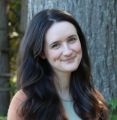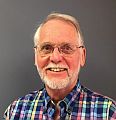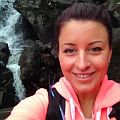TURNING THE TIDE FOR STREAM SURVIVAL: “The Partnership for Water Sustainability created the methodology for EAP, the Ecological Accounting Process. Now we are in a 3-year transition strategy to embed EAP at Vancouver Island University,” stated Anna Lawrence, Project Coordinator, Mount Arrowsmith Biosphere Region Research Institute at VIU

“There are lots of layers to this partnership and projects. Not only is there a transition strategy, but there are also the partnerships with the local governments plus integrating other grad students, There are so many different parts to EAP. And with each part you can go down a distinct pathway that helps local governments. And that is what Sam Gerrand has done in such a holistic way with his master’s thesis which moves EAP from a stream-by-stream approach to a regional scale,” stated Anna Lawrence.










